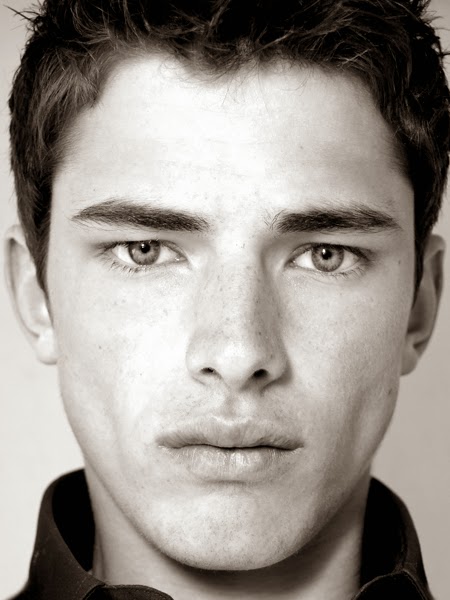Companies appear to have the asymmetric structure of plants rather than the symmetry of animals
George ILIEV
The physical world is asymmetric on the macro scale: coastlines, river systems and mountain ranges adopt an infinite variety of forms. Animals, on the other hand, usually have either bilateral symmetry (along an axis) or radial symmetry (around a central point), as a result of a predetermined embryonic cell division process. Starfish and sea urchins, uniquely among animals, even have both:
bilateral symmetry at the larval stage and fivefold radial symmetry as adults. The eggs of birds also have bilateral symmetry but one end is sharper than the other in an evolutionary adaptation that makes the egg roll in a circle, preventing a destabilised egg from rolling out of the nest.
(Basic fern symmetry, Sino-Burmese border, Dec 2011)
Plants fall in between the two extremes. Their growth follows a pattern, e.g.
the Fibonacci sequence of prime numbers determines the repeating spiral pattern of tree branches and plant leaves. Yet because of the constraints imposed by its fixed environment, a tree may grow in an irregular shape, e.g. to fill a gap in the forest canopy. This would rarely happen in animals, where the outcome is binary: any development of major structural irregularities usually leads to the death of the organism.
How do corporate organisational structures compare with rivers, plants and animals?
Internally, company departments resemble the systems/organs in animals. There is always someone sitting at the top ( = the brain,
though Dilbert might disagree); at operational level ( = muscles); a finance department ( = heart and circulation). The organs do not all need to be symmetrical: animals have pairs of some organs but only one heart and liver
and the reason for this is not well understood. Yet, the overall symmetry in the animal body is preserved. In contrast, the size of company departments/divisions can vary so widely that the entire shape of the organisation rarely has any symmetry. Think of the Coca Cola Company, which is now not much more than a huge marketing and new product development department. This imbalance makes corporate structures conceptually incompatible with the rigid structure of an animal body and much more closely aligned with the diverse shape of plants.
The question is what causes the lack of symmetry. Plant adjustments in shape are a substitute for movement in animals. Varying their shape is the only way for plants to overcome the physical constraints in their environment and gain access to sunlight, water and nutrients, whereas a grazing animal just needs to move on to greener pastures. Do companies evolve as geographically-rigid, rather than mobile, organisms with little scope to change their location? Can this explain why their internal departments adjust their structure instead? This makes companies similar not only to plants but also to cities. It might also explain the coincidence of having one and the same word for manufacturing plants and photosynthesising plants.
(Basic fern symmetry, Bolivian highlands, July 2009)

















